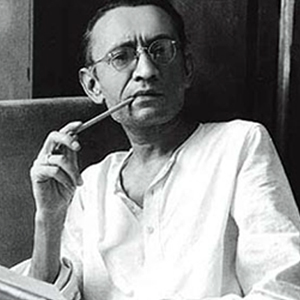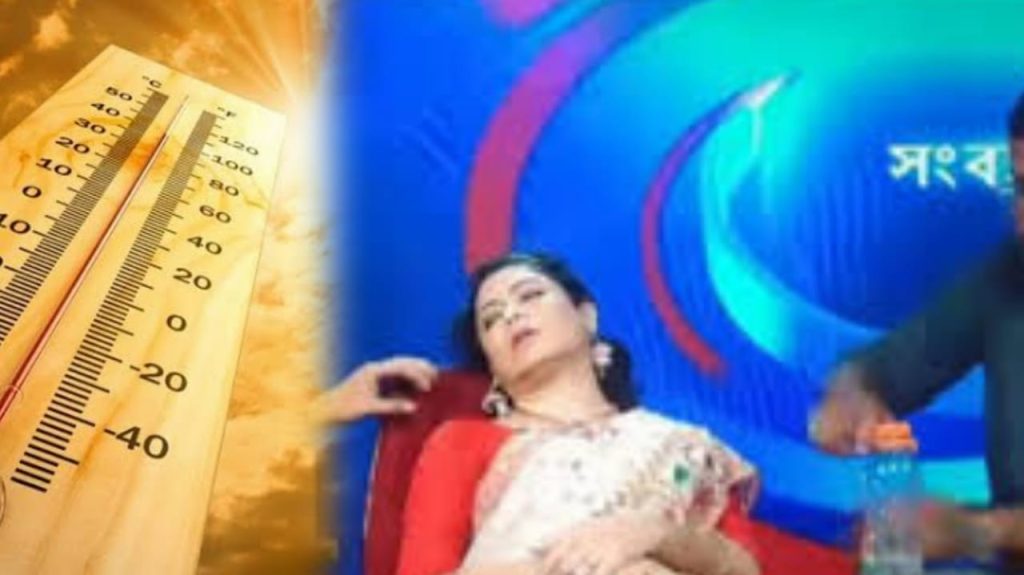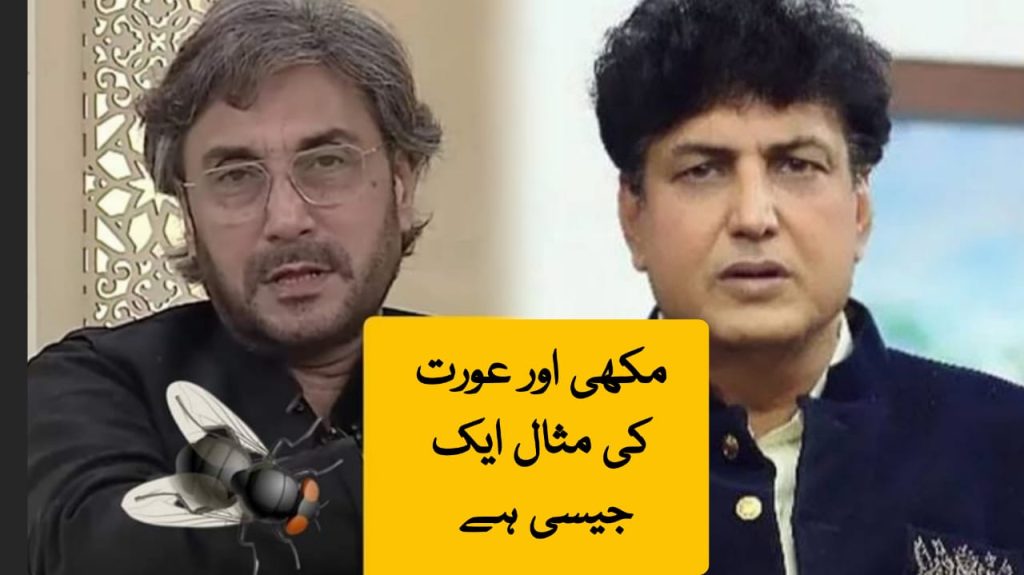
Saadat Hasan Manto biography
At the time of partition or in between there were so many writers and artists who migrated. Some went to India and others to Pakistan. At that time there was a writer, Saadat Hasan Manto who’s known for his unimaginable stories that hit reality and disturbed the people.
He got many names like “Washi”, “Badnaam” but to the world of the most beautiful stories with the harsh words he’s known as “Saadat Hasan Manto”. Saadat Hasan Manto is one of the writers who had managed to publish such controversial stories that no one could ever pull off.
He has no limits; his vision was so different from others and there were very few people who loved his writing. In this modern era, people are now liking his words, understanding the meaning of his stories that got denied.
He used to see the world with the microscopic vision that allows him to capture every detail of every society in his stories. He has written endless stories which made it to the publication house and their people started criticizing him.
Fact:
Date of Born: 11th May 1912
Birth Place: Indian(1912-1948) Pakistani (1948-1955)
Hometown: Ludhiana, Punjab, India
Spouse: Safia Manto
Age: 42
Date of Death: 18th January 1955
Nationality: Before Partition Indian, after independence Pakistani
Early Life
Saadat Hasan Manto belonged to the Kashmiri trading family and they were settled in Amritsar. He received his early education from Muslim High School at Amritsar where he failed in Matriculation twice. Then he was admitted into another college but unfortunately dropped out because of the poor performance.
One thing was clear, that Manto Saab wasn’t good education. But there was a turning point a big one in his life came when he met a scholar and polemic writer Abdul Bari Alig. Abdul Bari Alig observed him and took out his talent for reading and writing.
Earlier Mantoo used to read Russian and French authors. Abdul Bari always encouraged him to read and write, even he also asked him to translate Victor Hugo’s The Last Day of a Condemned Man into Urdu which he did.
After translating so many other Oscar Wilde’s write-ups, he finally published his first story “Tamasha” under an anonymous name in Abdul Bari Alig’s Urdu newspaper Khalq. This passion and enthusiasm regarding writing let him pursue graduation at Aligarh Muslim University.
There’s Manto’s writer journey started and he then never stopped. After his Tamasha, Saadat Hasan Manto published his second story ‘Inqlaab Pasand’ in Aligarh magazine in March 1935.
To gain experience and get better in writing he also joined several newspapers such as Paras where he worked and published pieces. He then polished and improved his first-ever short stories novel ‘Atish Paray’.
Career In Bombay & Delhi
In Bombay his success journey begun, where he started writing dialogues and scripts for the Indian film industry. He started working first for the Imperial Film Company and then for Saroj Movietone. In Bombay he was doing great, apart from writing for films, he also wrote some plays for radio such as Ao Radio Sunen and Qalopatrah ki maut.
In 1940 he published his second short stories novel Manto Ke Afsany. It’s not like Manto didn’t face any failure in his writing career. At the time of success, he faced a big failure where he was dismissed from the editorship of Musawwir and began working at a magazine for a lower salary.
A year later, Manto moved to Delhi where he worked for the Urdu Service of All India Radio. Moving to Delhi was the best decision in the eighteen months he had the most productive ones.
He published four collections of radio plays, Aao, Manto ke Drame, Janaze, and Teen Auraten.
One thing you all will find common in his stories is that he always had a soft corner for women. No matter from what profession they belong to, all he wanted to highlight their story where they suffer daily and put the reality in his stories.
Independence Partition
After the partition, Saadat Hasan Manto left Bombay and shifted to Lahore. Because India wasn’t safe for Muslims at that time. In Lahore, he continued his writing journey and published more pieces.
Success Buried Under Controversy
Everyone knows Saadat Hasan Manto for his obscenities in his stories and because of that, he faced court trials six times. Three time in India for Kaali Shalwar, Dhuwan, and Bu. And three times in Pakistan for his short stories Upper Neechay Aur Darmyan, Khol Do, and for the most famous Thanda Gosht.
But bad luck for those who put him on trial, because six times he won the case and no one could have done anything.
Till now both India and Pakistan had made films on Saadat Hasan Manto to highlight his dark life. Nandita Das made “Manto” starring Nawazuddin Siddiqui who performed Manto exceptionally and nailed the character.
And Sarmad Sultan Khoosat also directed the Pakistani version of Manto. Unfortunately, just like Manto’s short stories, Sarmad’s movie was also banned in Pakistani cinemas too.
Death Of Saadat Hasan Manto
Manto’s death was no surprise to anyone because everyone knew how badly he was addicted to the alcohol which damaged his liver. 18th of January Manto lost the battle of life due to liver cirrhosis. Just like writing was his big hobby along it alcohol played an important part in his life too.
Manto’s Published Books & Stories
Below list consist of Saadat Hasan Manto’s books and stories
- Manto Ke Afsane
- Thanda Gosht
- Badshahat Ka Khatma
- Siyah Hashiye
- Loud Speaker
- Budha Khost
- Manto Rama short stories
- Namrood Ki Khudai
- Manto Numa
- Kali Shalwar
- Nawadrat e Manto
- Shikari Aurtein
- Neeli Ragein
- Manto Ke Numainda
- Hajj e Akbar
- Toba Tek Singh
- Anarkali
- Talkh Tursh Shireen
- Banjh
- Tahira Se Tahir
- Noor Jahan Saroor Jahan
- Baghair Unwan Ke
- Yazeed
- Chughad
- Aao
- Baghiar Ijazat
- Sarkandon Ke Peechay
- Phunday
- Ek Mard
- Karwat Stories
- Ganjay Farishtay
- Burqay
- Aatish Paray
- Uper Neechay Aur Darmyan
- Khali Botlain Khali Dabbay
- Lazzat e Sang
- Manto Ke Mazameen
- Tamasha Afsane
In the 21st century, Manto’s books and short stories are famous among the youngsters. There’s no doubt, whatever he had written truly hits the reality of life.











